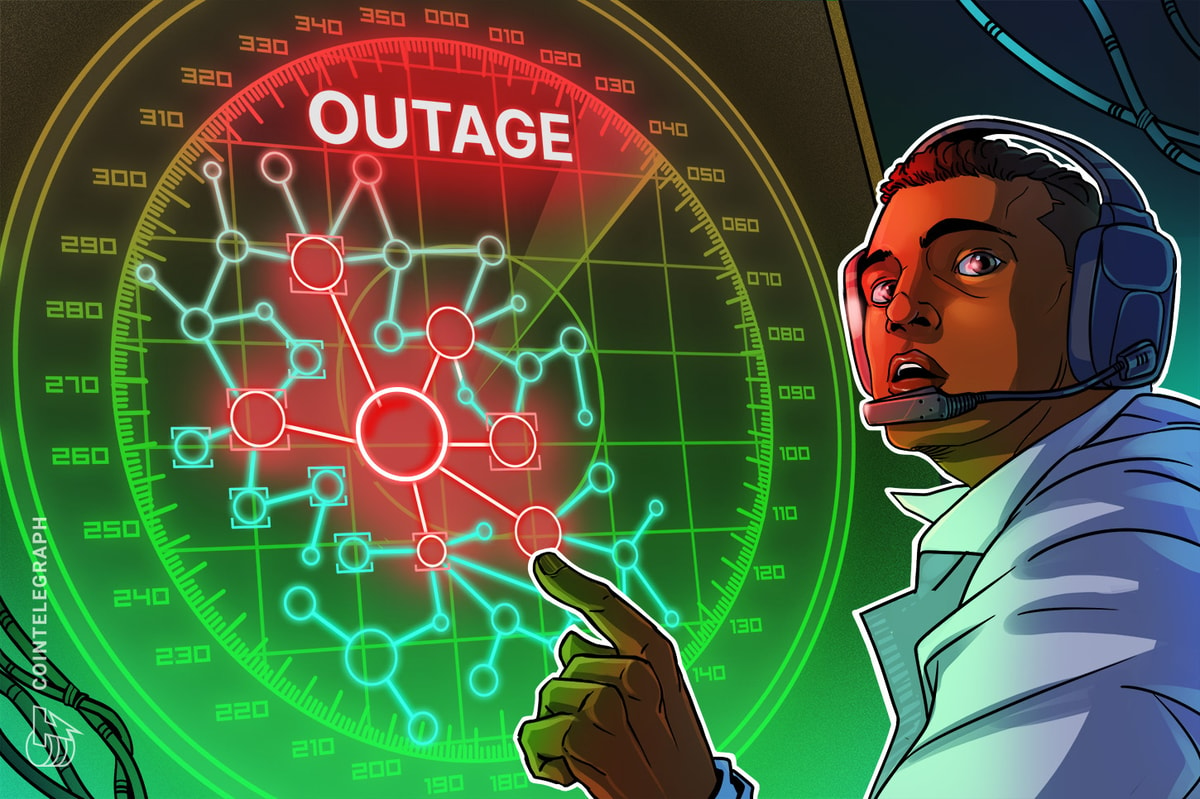TLDR
- Goldman Sachs raised 12-month US recession probability to 35% due to anticipated Trump tariffs
- Expects average US tariff rate to rise 15 percentage points in 2025, leading to higher inflation
- Bank lowered 2025 GDP growth forecast to 1%, increased inflation projection to 3.5%
- Trump plans to announce across-the-board reciprocal tariffs averaging 15% on April 2
- Bitcoin and crypto markets are affected by these macroeconomic conditions, with BTC trading at $83,230
President Donald Trump’s planned tariff increases have prompted Goldman Sachs to raise its 12-month US recession probability to 35%, up from 20% previously. The bank warns that Trump’s trade policies could lead to slower growth, higher inflation, and rising unemployment.
Goldman Sachs economists released a note titled “US Economics Analyst: A Further Increase in Our Tariff Assumptions,” explaining their concerns. This marks the bank’s second upward revision to its 2025 US tariff expectations in March alone.
The bank now expects the average US tariff rate to rise by 15 percentage points in 2025. Most of this change comes from more aggressive “reciprocal” tariffs that Trump is expected to announce.
Trump is set to reveal across-the-board reciprocal tariffs on April 2. These are expected to average 15% on all US trading partners. After accounting for likely exclusions for certain countries and products, Goldman estimates the effective increase will be around 9 percentage points.
These tariff changes have led Goldman to cut its 2025 US GDP growth forecast to just 1%. This represents a 0.5 percentage point reduction from their previous prediction.
Goldman raises its 12-month recession probability from 20% to 35%. pic.twitter.com/LToFpq3BtA
— Peter Berezin (@PeterBerezinBCA) March 30, 2025
The bank also raised its year-end core PCE inflation forecast to 3.5%. This is 0.5 percentage points higher than earlier estimates and well above the Federal Reserve’s 2% target.
Unemployment projections were also increased to 4.5%. This is 0.3 percentage points higher than Goldman’s previous forecast.
Economic Warning Signs Flash Red
According to Goldman, three key factors are driving the rising recession probability. These include a lower growth baseline, worsening household and business confidence, and “statements from White House officials indicating greater willingness to tolerate near-term economic weakness.”
Consumer confidence has plunged in recent months. The University of Michigan’s consumer sentiment survey showed the highest percentage of Americans expecting unemployment to rise since the Great Recession.
The Wall Street Journal reported that Trump is pushing his team toward even more aggressive levies. These could mean an across-the-board hit of 20% to US trading partners.
Peter Navarro, White House senior counselor for trade and manufacturing, told Fox News Sunday that Trump’s tariffs could raise as much as $600 billion a year. This would represent a major tax increase that could raise costs for many Americans.
In response to these economic challenges, Goldman now expects the Federal Reserve to cut interest rates three times this year. This is up from their previous prediction of two cuts.
The economic outlook presents what some analysts call a “stagflation” risk. This combines low growth and high inflation, similar to conditions seen in the late 1970s and early 1980s.
The crypto market has not been immune to these macroeconomic concerns. Bitcoin and other digital assets edged lower following Goldman’s warning.
While cryptocurrencies were once viewed as uncorrelated to traditional economic factors, that narrative has changed. Bitcoin has become increasingly responsive to broader macro conditions, particularly liquidity, risk sentiment, and real yields.
Some experts see a potential silver lining for Bitcoin during economic downturns. Robbie Mitchnick, Global Head of Digital Assets at BlackRock, suggested that recessions can actually benefit Bitcoin in the long term.
Mitchnick explained that recessions typically lead to more fiscal spending, debt accumulation, and monetary stimulus. These factors can support Bitcoin prices over time, even if there are short-term challenges.
At the time of reporting, Bitcoin was trading at $83,230. The cryptocurrency had recovered to trade above $83,000 after initial declines following the Goldman Sachs announcement.

 7 months ago
18
7 months ago
18










 English (US) ·
English (US) ·